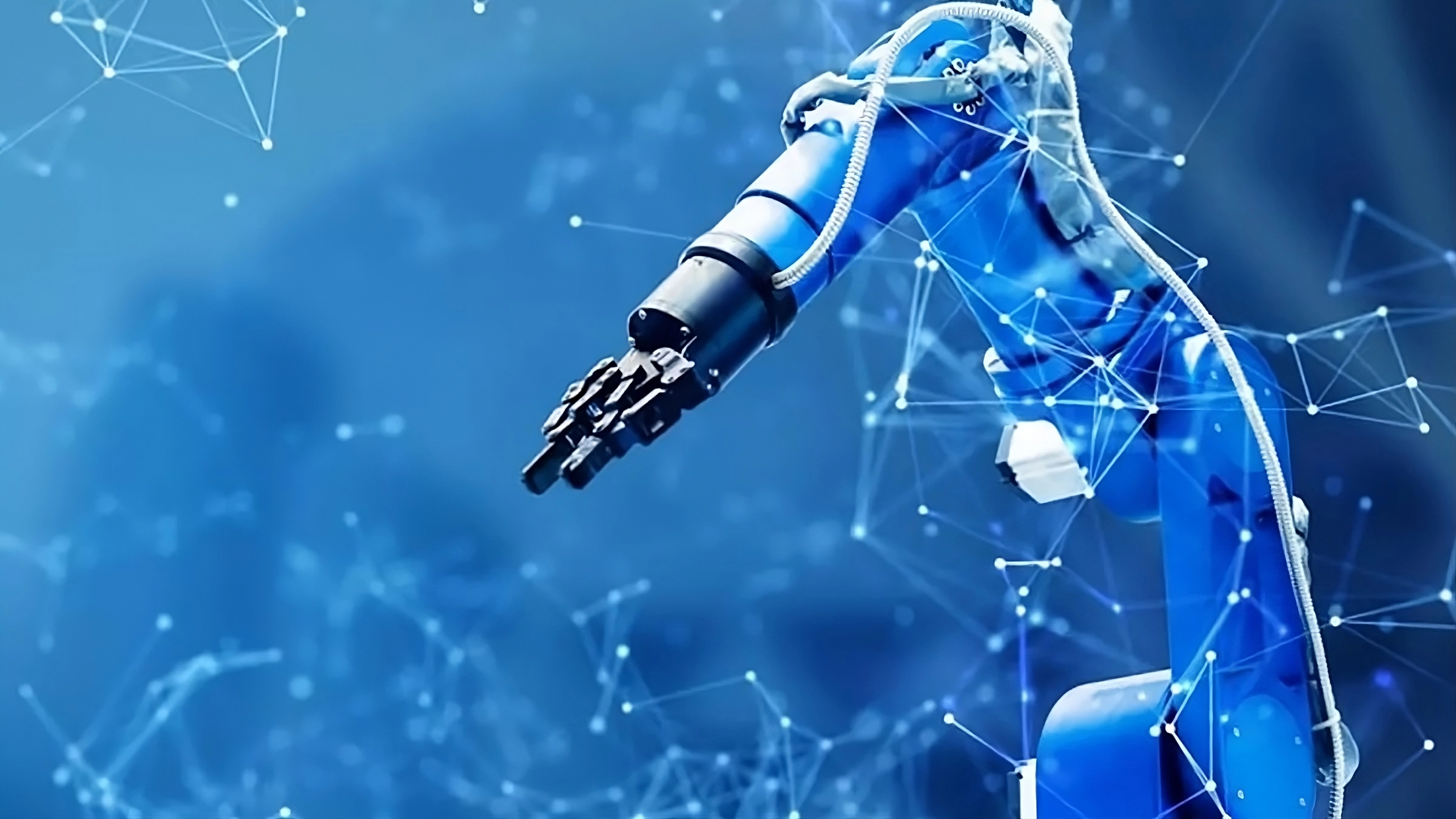
AXPE’s Data & AI Cluster offers predictive maintenance solutions for the industrial sector.
Currently, many companies in the industrial sector remain unaware of the health status of their machinery. Organizations typically conduct maintenance sessions on their equipment to estimate the likelihood of a critical failure or to determine if such a failure has already occurred.
This process is known as preventive maintenance. The frequency of these sessions is set very conservatively, often performed to reduce the probability of a critical error in production that could lead to significant economic losses. However, the high frequency of these sessions also incurs additional costs that could be reduced through better management.
Another maintenance approach is condition-based maintenance, where sessions are performed only when an error is detected. While this method addresses the issue of overly frequent maintenance, as sessions are carried out on-demand, it also has the drawback of not allowing for planned maintenance in advance.
AXPE Consulting’s Data & AI Cluster proposes a progressive model that ultimately leads to predictive maintenance—a solution that combines the strengths of both preventive and condition-based maintenance. This advanced artificial intelligence system predicts, with a generous time window, when a maintenance task will be required. The result is optimal machine performance and a reduction in unnecessary maintenance sessions, leading to significant cost savings.

The proposed solution is based on real-time data collection via sensors installed on the machines, the identification of key metrics to model the machinery’s health, and the use of this data to train a predictive model.
Before training the model, signal processing is performed. Given that the data consists of time signals from machines with very high sampling frequencies, techniques such as downsampling and Fourier transforms are employed. Downsampling helps reduce noise and standardize the signal timing, while Fourier transforms convert time-domain signals into the frequency domain, simplifying the extraction of relevant information for model training.
The predictive model developed by AXPE Consulting consists of two components. The first is a convolutional neural network, composed of six convolutional blocks followed by five dense layers—the final layer classifies whether an error is present and identifies its type (imbalances, misalignments, or bearing issues). The second component is a regression model that quantifies the degree of error in the imbalance, misalignment, or bearing.
The results are impressive, with prediction accuracies reaching up to 96%.
Based on these machine failure predictions, thresholds are established to develop an alarm system, allowing maintenance sessions to be scheduled well in advance.
It is important to highlight the technological advancements spearheaded by Alejandro Ramos in this project, part of the Data & AI Cluster led by Gema Atienza. The team remains committed to investing in tools that continuously improve the performance of the industrial sector.


